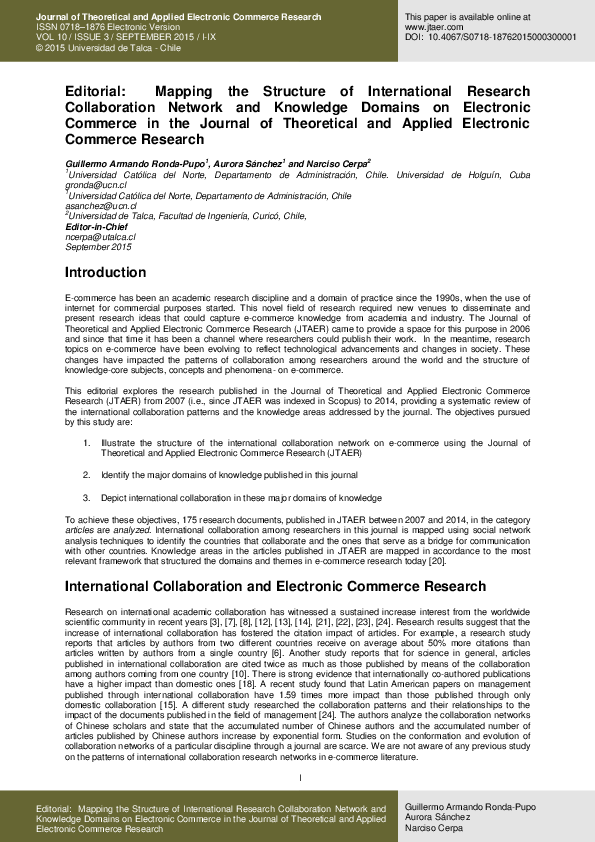A Two-Stage Nonlinear User Satisfaction Decision Model Based on Online Review Mining: Considering Non-Compensatory and Compensatory Stages
IF 5.1
3区 管理学
Q1 BUSINESS
Journal of Theoretical and Applied Electronic Commerce Research
Pub Date : 2024-02-01
DOI:10.3390/jtaer19010015
引用次数: 0
Abstract
Mining user satisfaction decision stages from online reviews is helpful for understanding user preferences and conducting user-centered product improvements. Therefore, this study develops a two-stage nonlinear user satisfaction decision model (USDM). First, we use word2vec technology and lexicon-based sentiment analysis to mine the sentiment polarity of each product attribute in the reviews. Then, we develop KANO mapping rules using utility functions to classify consumer preferences based on attribute importance. Based on this, a two-stage nonlinear USDM is developed to describe post-purchase evaluation behavior. In the first non-compensatory stage, consumers determine their initial satisfaction level based on the performance of basic attributes. If the performance of these attributes is poor, it is almost impossible for users to be satisfied. In the compensatory stage, the performance of the remaining attributes collectively affects final satisfaction through participation in user utility calculation. With the use of reviews from JD.com, we develop a genetic algorithm to determine feasible solutions for the USDM and verify its validity and robustness. The USDM is proven to be effective in predicting user satisfaction compared to other classic models and machine learning algorithms. This study provides a universal pattern for user satisfaction decisions and extends the study on preference analysis.基于在线评论挖掘的两阶段非线性用户满意度决策模型:考虑非补偿和补偿阶段
从在线评论中挖掘用户满意度决策阶段有助于了解用户偏好,并以用户为中心改进产品。因此,本研究建立了一个两阶段非线性用户满意度决策模型(USDM)。首先,我们使用 word2vec 技术和基于词库的情感分析来挖掘评论中每个产品属性的情感极性。然后,我们利用效用函数开发 KANO 映射规则,根据属性重要性对消费者偏好进行分类。在此基础上,我们开发了一个两阶段非线性 USDM 来描述购买后的评价行为。在第一个非补偿阶段,消费者根据基本属性的表现确定其初始满意度。如果这些属性表现不佳,用户几乎不可能感到满意。在补偿阶段,其余属性的表现通过参与用户效用计算共同影响最终满意度。利用 JD.com 上的评论,我们开发了一种遗传算法来确定 USDM 的可行解决方案,并验证了其有效性和稳健性。与其他经典模型和机器学习算法相比,USDM 被证明能有效预测用户满意度。这项研究为用户满意度决策提供了一种通用模式,并扩展了偏好分析研究。
本文章由计算机程序翻译,如有差异,请以英文原文为准。
求助全文
约1分钟内获得全文
求助全文
来源期刊
CiteScore
9.50
自引率
3.60%
发文量
67
期刊介绍:
The Journal of Theoretical and Applied Electronic Commerce Research (JTAER) has been created to allow researchers, academicians and other professionals an agile and flexible channel of communication in which to share and debate new ideas and emerging technologies concerned with this rapidly evolving field. Business practices, social, cultural and legal concerns, personal privacy and security, communications technologies, mobile connectivity are among the important elements of electronic commerce and are becoming ever more relevant in everyday life. JTAER will assist in extending and improving the use of electronic commerce for the benefit of our society.

 求助内容:
求助内容: 应助结果提醒方式:
应助结果提醒方式:


